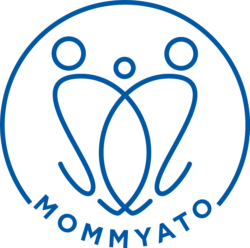Medical Concerns
13 Nov The Significance of Understanding Your Family Health History During Pregnancy
Pregnancy is an extraordinary journey filled with excitement and anticipation. As you prepare to welcome your baby, it's important to consider the role that your family's health history plays in shaping your baby's future. While you may be wondering about inherited physical traits like eye color...
05 Jun Fertility After Cancer: What You Should Know
If you have a new cancer diagnosis, talk to your doctor about ways you can preserve your fertility before treatment.
Hey Mama! In honor of National Cancer Survivor Day on June 4, 2023, let’s take a closer look at how cancer affects a woman’s fertility and some of the current options to preserve it.18 Jan Reducing Risk of the Top 5 Birth Defects
Posted at 15:33h
in Baby, Birth Defects, Health, Medical Concerns, Medical Concerns, Medical Concerns, Pregnancy
3% of infants in the U.S. are born with birth defects.¹
If you’re thinking about becoming pregnant or just found out that you’re pregnant, you may also be thinking about birth defects. January is Birth Defects Awareness Month so it’s a good time to discuss the basics and learn how they occur. Knowing the risk factors can help reduce your baby’s risk of developing a birth defect in the womb.
30 Nov What you Need to Know about Pelvic Girdle Pain during Pregnancy
Hey Mama! December 3rd is International Day of Persons with Disabilities. While pregnancy is not often associated with disability, there is one condition that affects some pregnant women and presents similar acute and enduring challenges: Pelvic Girdle Pain (PGP). Pelvic Girdle Pain is usually related to Symphysis Pubis Dysfunction (SPD). SPD happens when the ligament that joins the right and left pelvic bones becomes too soft and stretchy. The pelvic bones often lose alignment and become unstable.30 Nov HIV: Mother to Baby Transmission during Pregnancy and After Birth
Mother-to-baby HIV transmission disproportionally affects black/African American people. In 2019, 61% of new mother-to-baby HIV diagnoses were black/African American.²What is Mother-to-Baby HIV Transmission?
Hey Mama! December 1 is World Aids Day and a time to bring awareness to HIV transmission from mother to baby. There is so much to plan and prepare for when you are thinking about becoming pregnant for the first time or growing your family. No matter your circumstances, it’s always best practice to get tested for HIV (and other sexually transmitted infections) before you conceive.01 Nov Effects of Gestational Diabetes on a Developing Baby
Posted at 11:04h
in Baby, Birth Defects, Delivery, Gestational Diabetes, Health, Medical Concerns, Medical Concerns, Medical Concerns, Pregnancy
High blood sugar around the time of conception and throughout pregnancy increases risks of: birth defects, still birth, preterm birth, c-sections, and the baby developing obesity and diabetes later in life.¹
What is Gestational Diabetes?
November is American Diabetes Month and a great time to put a spotlight on diabetes during pregnancy, which is a rising trend in the United States. In the United States, gestational diabetes (diabetes developed during pregnancy) has increased by 56% from 2000-2010.¹29 Aug Polycystic Ovarian Syndrome (PCOS) and Infertility
5-10% of U.S. women of childbearing age have Polycystic Ovarian Syndrome (PCOS) and often find out when they are trying to have a baby.²Polycystic Ovarian Syndrome (PCOS) is one of the most common causes of infertility of women in the United States. It affects all races and ethnicities. The good news is that it’s also a very treatable condition.
28 Jul Are COVID-19 Vaccines Safe During Pregnancy?
COVID-19 vaccination during pregnancy reduces the risk of pregnancy complications if infected with the COVID virus.² The last two years have been a scary time for women who are pregnant, trying to become pregnant, or newly postpartum. The novel Coronavirus is new to the medical landscape. Society, including medical providers, have been navigating month by month what it means to live, prevent and be sick with COVID-19. For many women, the stakes are high as they consider the risks of contracting COVID-19 during pregnancy.31 May Scleroderma and Pregnancy Risks
Scleroderma, a connective tissue disease, most often affects women of childbearing age (30-50).¹Scleroderma is a fairly rare disease, affecting 75,000 - 100,000 people in the United States. Women are affected more than men, mostly during childbearing years from ages 30-50. For this reason, it’s thought that hormones play a role in the development of Scleroderma, but the cause is still unknown.¹
- 1
- 2




